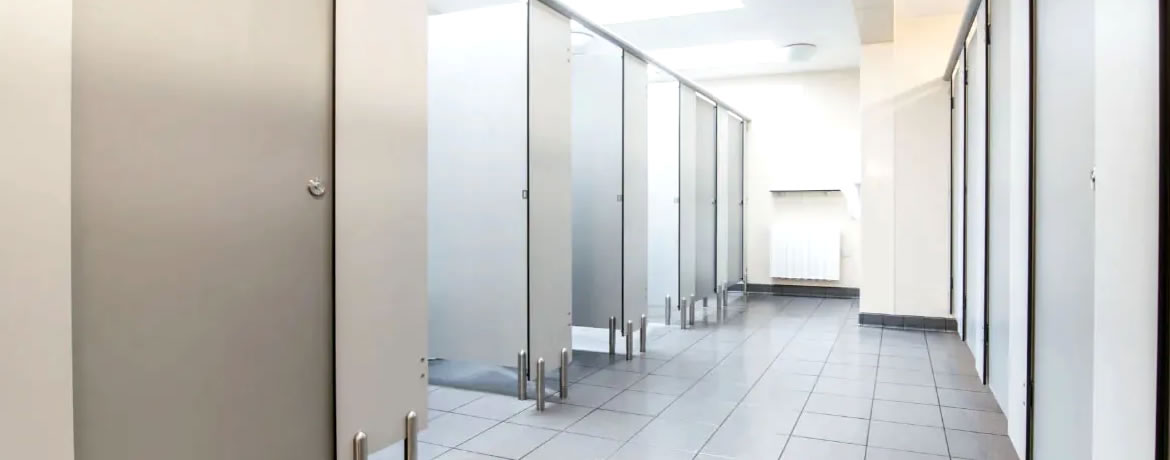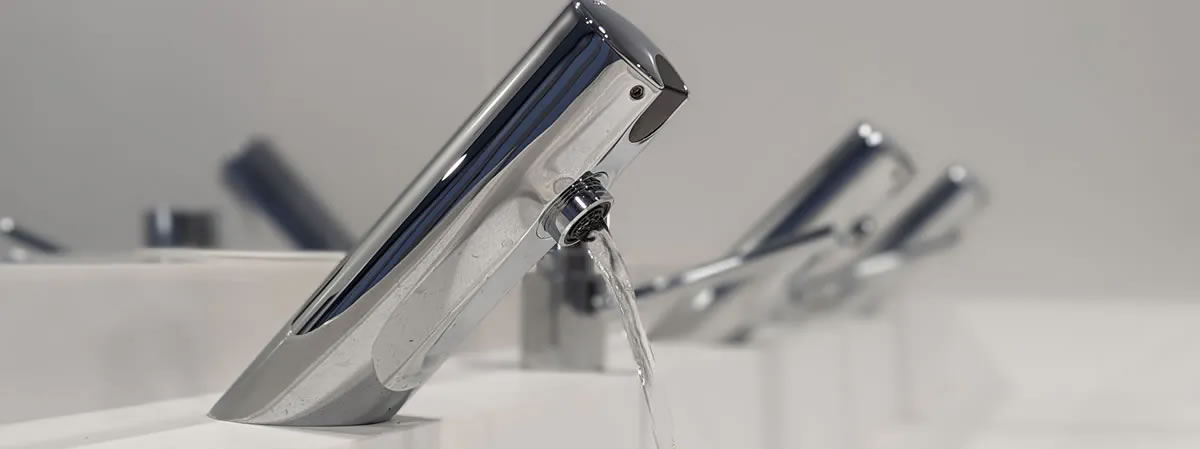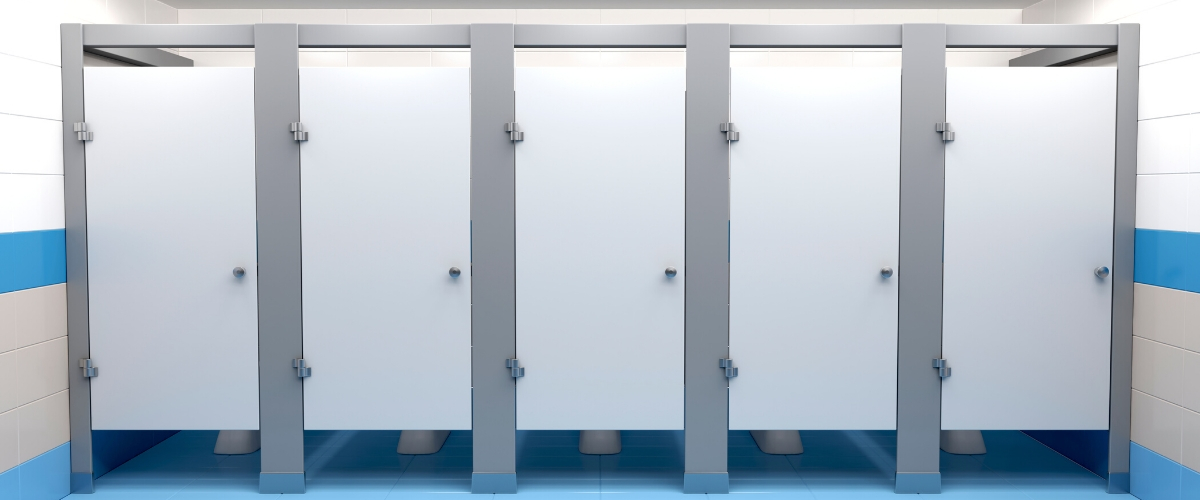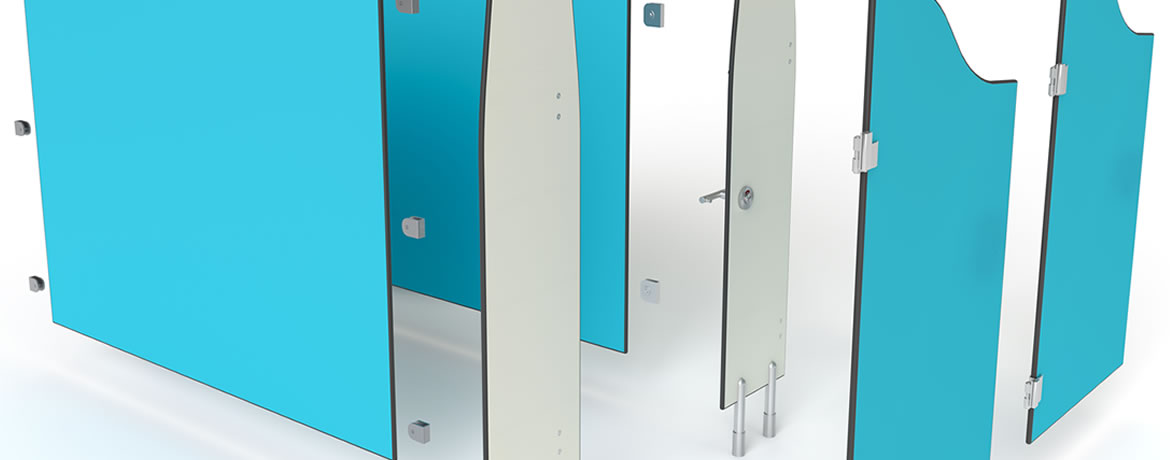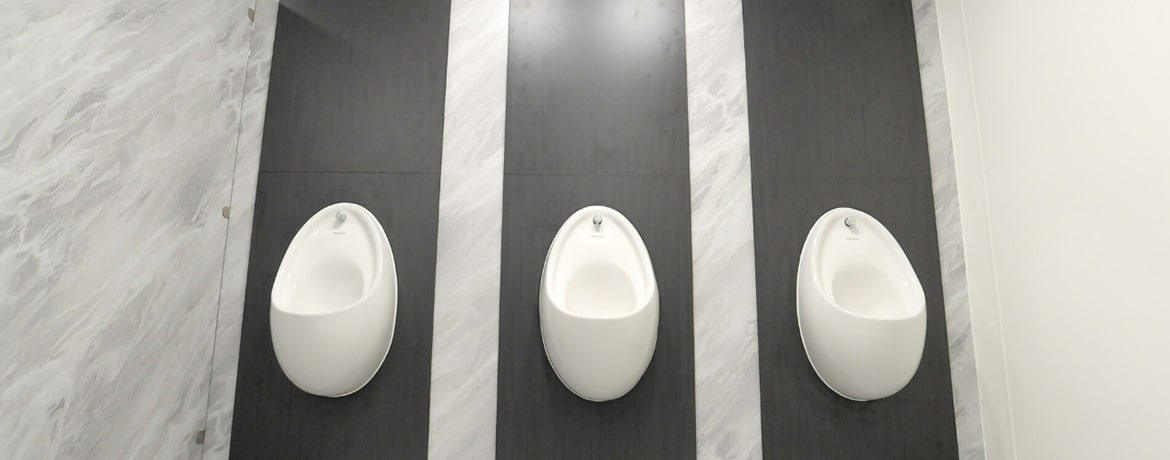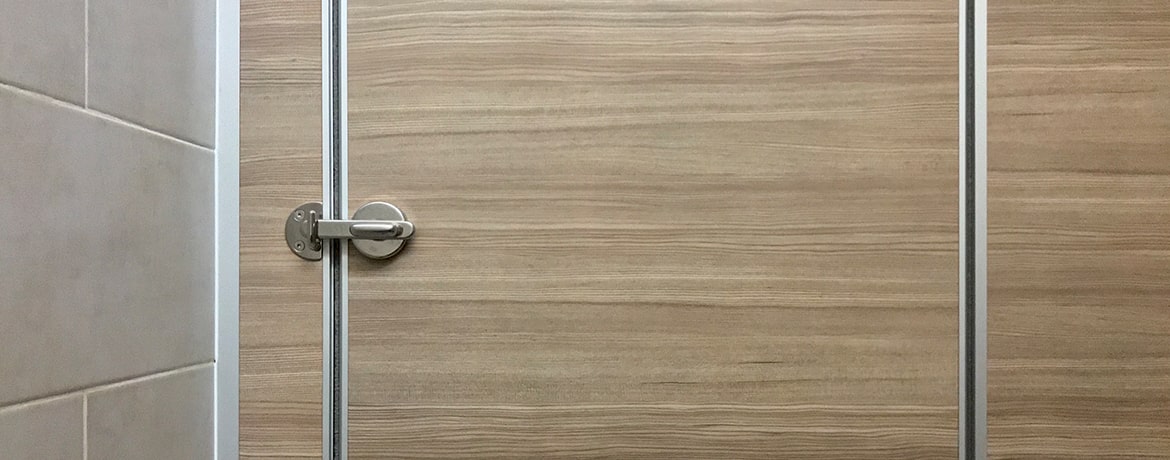Types of Toilet Seats
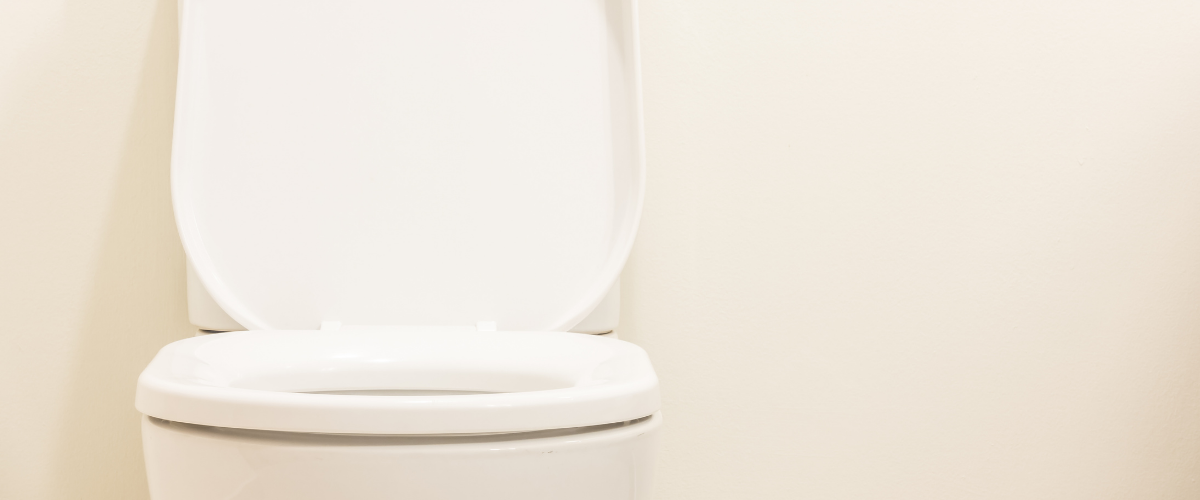
Few items are as overlooked as the humble toilet seat. In fact, it’s actually one of the most commonly damaged and broken items in the commercial washroom setting. For this reason, many site managers choose to keep spare toilet seats on hand for swift replacements when vandalism or accidental damage strikes.
Are toilet seats a standard size?
Unfortunately not all toilet seats are a standard size. While most toilet seats attach to the pan, some designer toilets have unique fitting methods, meaning a very specific toilet seat is required. You may also have a square shaped toilet, in which case a classic oval shaped toilet seat isn’t going to work. However, most toilet manufacturers sell their toilet seats separately. You’ll also be pleased to hear that there are ‘universal’ toilet seats that work with most toilet pans. These seats have room for manoeuvre so that the fixing bolts can be threaded through any hole that sits within a certain dimension. This also helps to adjust the seat into position.
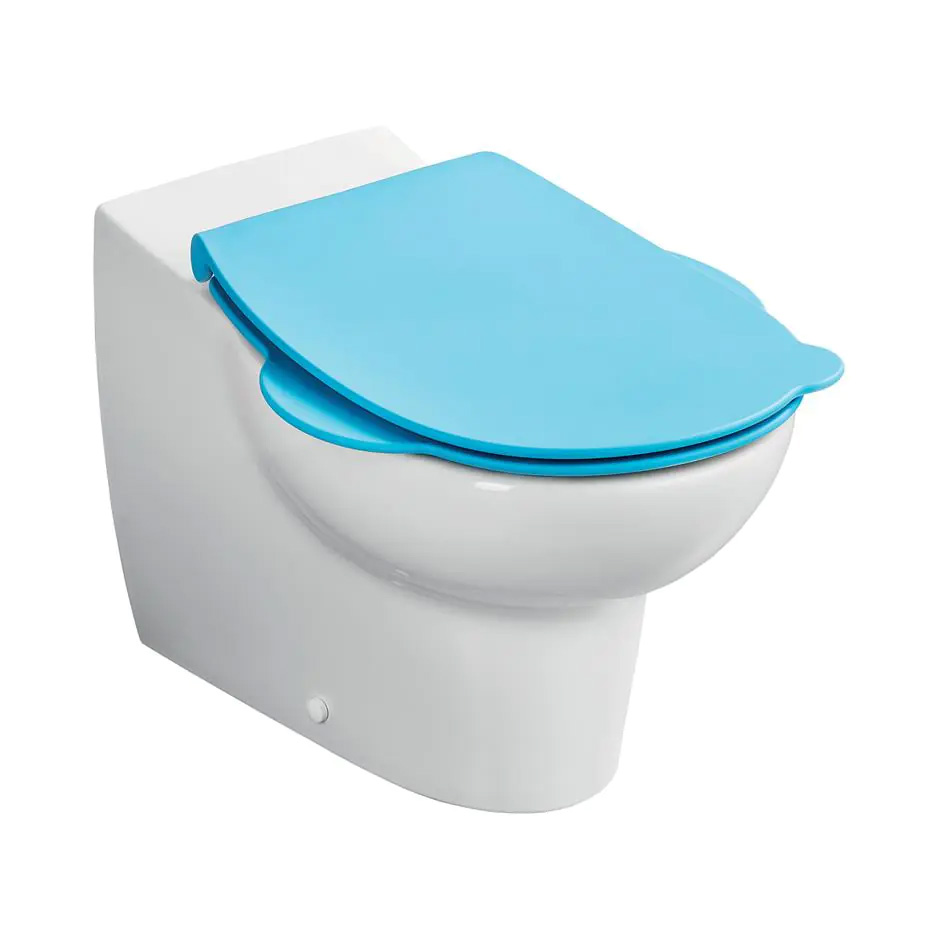

Types of toilet seats
There are 2 main types of toilet seats: soft close and standard close. A standard close toilet seat can be modern or traditional in style and is available in a variety of materials and finishes. They are easy to fit and can suit a wide variety of washrooms.
Soft close seats are designed with a gentle closing mechanism for the seat and lid so that it doesn’t slam against the bowl if you let go. As well as adding a feeling of luxury, it can also be a good idea for family bathrooms, helping to avoid trapped fingers and wear and tear on your seat and pan.
Are there different toilet seat shapes?
As mentioned above, there are a number of different toilet seat shapes ranging from square to oval. The exact shape of each toilet pan opening is going to change from model to model, brand to brand. In this day and age, the shape of toilets are diverse, as manufacturers continue to explore contemporary design. In some environments, toilets that have an in-built toilet seat are used, one that doesn’t move on a hinge. This is most commonly used in settings where users may harm themselves or others. Prisons, hospitals, care homes and mental health institutions.
For infant and primary schools, we also have toilet seats that have firm edges to grip for stability, and easy lifting of the lid. It’s also worth noting the colour of the toilet seats. Some may be engaging colours to brighten up the room for young users. However, contrasting the colour is also useful to help the visually impaired locate the toilet seat safely.
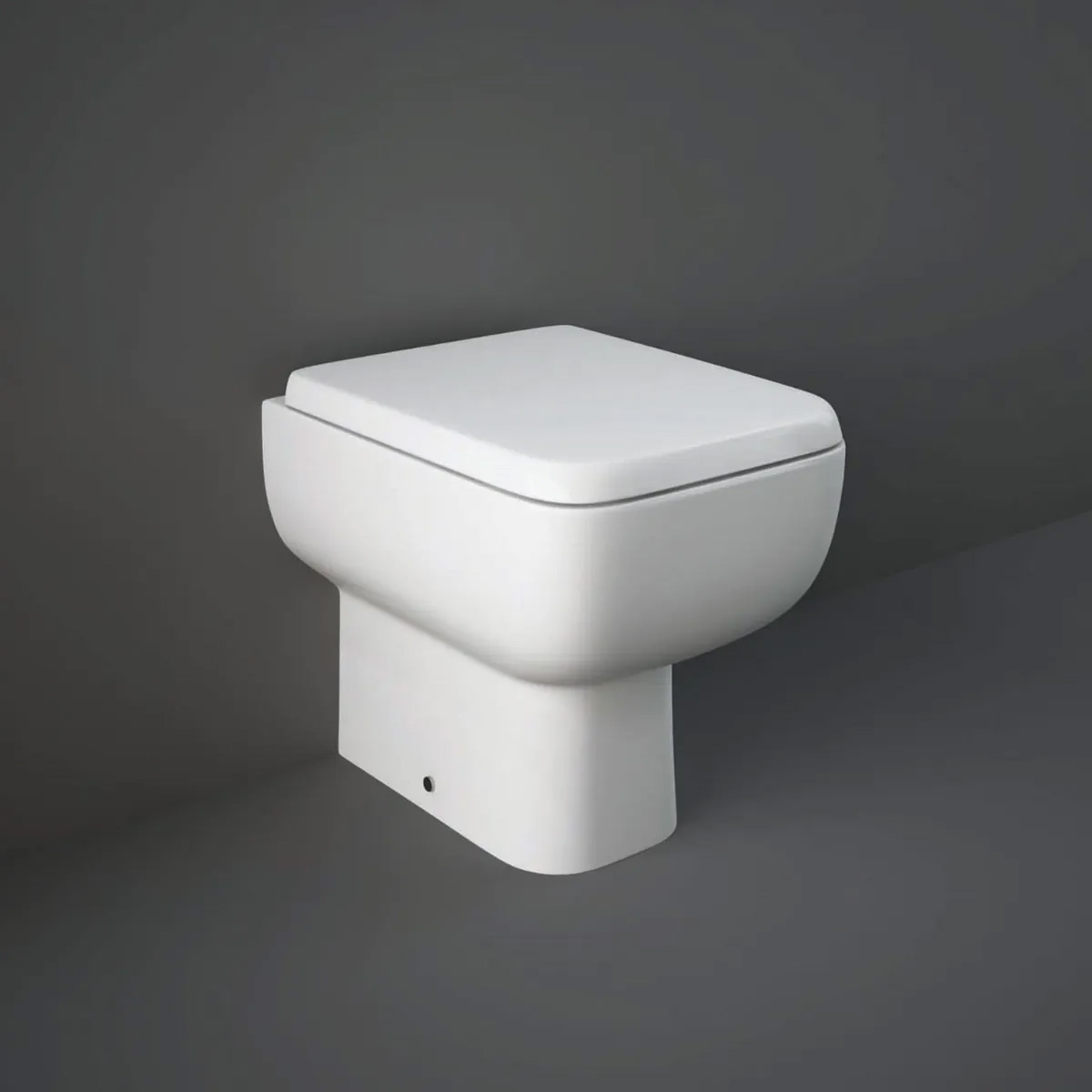

Toilet seat material types
You may have come across wooden toilet seats, but these are usually only used in domestic settings. This is due to the humid environment of commercial toilets, which means that the lifespan of wood is limited. You will most likely see toilet seats made from different grades of plastic. Plastic seats are more affordable and easier to clean. The main types of plastic used are Thermoplastic and Thermoset.
Thermoplastic is one of the most popular materials for modern commercial use toilet seats. Typically found in high footfall washrooms, toilet seats made from thermoplastic are practically unbreakable whilst still being attractive and easy to clean.
Thermoset, also known as Duroplast, is made from a deluxe polymer material that’s scratch-resistant, hardwearing and typically has a high-gloss finish that will stay looking fantastic for years.
For safety, many commercial toilet seats are designed so that they can’t be broken to create a sharp edge. For exact models, please contact one of the Commercial Washrooms team on 01202 650900.
If you would like further advice on selecting commercial toilet seats, or to order replacements, please get in touch with one of the team today on 01202 650900

